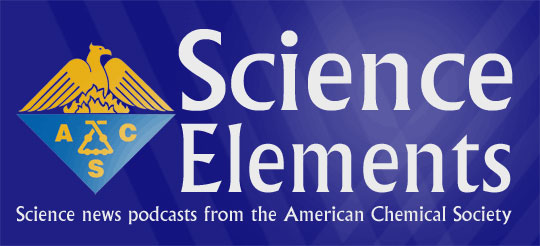| |||||||||||
|

Ladybugs and wineEmbargoed: Sunday, March 25, 2:00 p.m., Central Time In many parts of the world, ladybugs are a sign of good fortune and a bountiful harvest. And while it’s true that they help rid plants of aphids and other pests, winemakers aren’t exactly thrilled when the cute little bugs start showing up in their vineyards. The problem is … to put it bluntly … ladybugs stink! At least, that’s what chemists who study the bugs said at the national meeting of the American Chemical Society in Chicago. Ladybugs produce a foul-smelling liquid that can give an abnormal aroma and flavor to wine. In fact, winemakers call it “ladybug taint.” The problem occurs when the bugs are accidentally harvested along with grapes from the vineyards and then mixed with the juice during processing. Now, researchers at Iowa State University say they’ve identified the chemicals responsible for that noxious smell. They hope their findings will lead to a way of preventing ladybug taint in wine. I’m Marvin Coyner in Washington for the American Chemical Society – improving people’s lives through the transforming power of chemistry. |
|||||||||||||||||
All Rights Reserved. Terms of Use | Privacy Policy | Feedback | Au sujet de la ACS | Acerca de la ACS |
||||||||||||||||||





